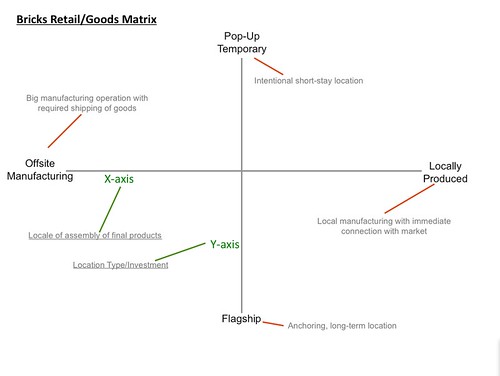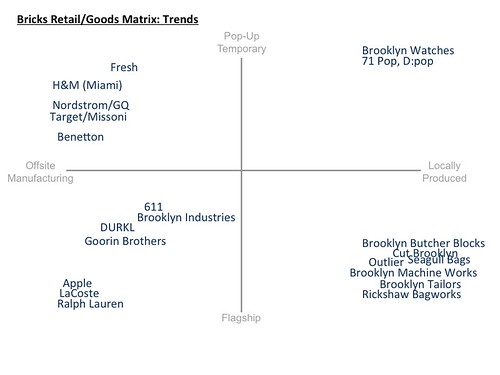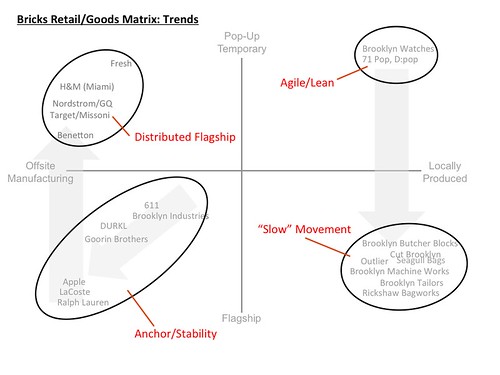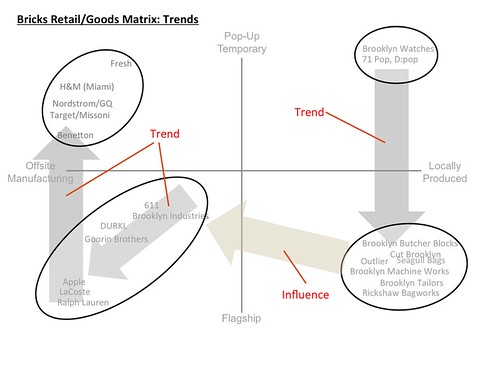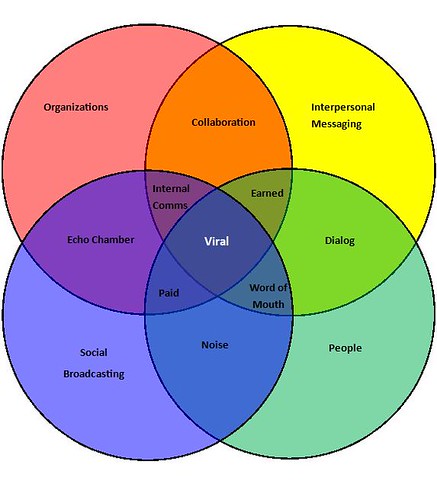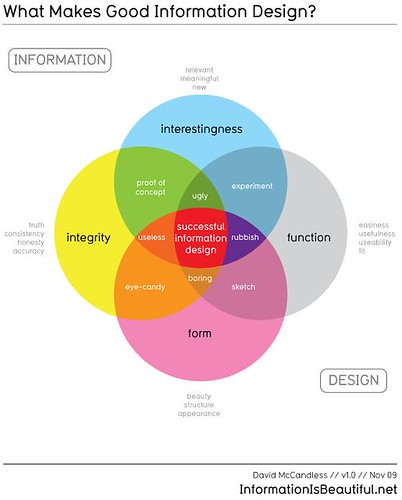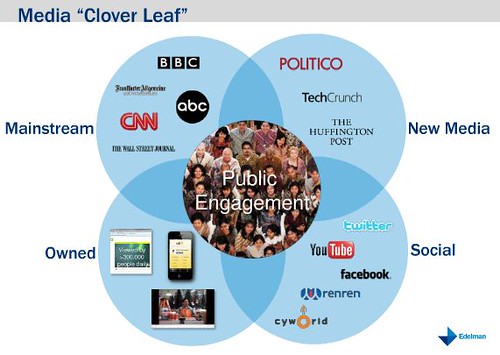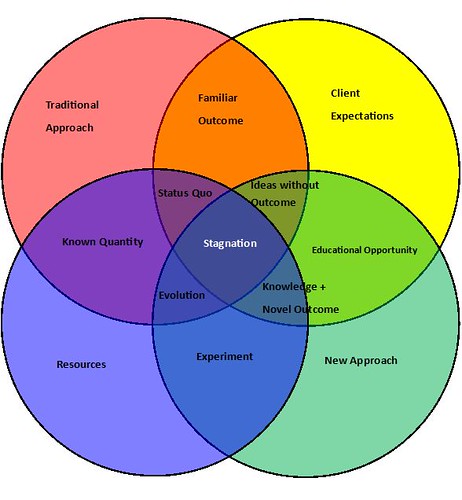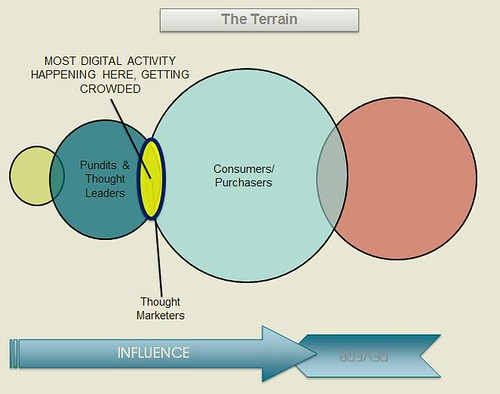Homayoon, on Friday night
I sat across the small round eat-in-kitchen table from him as I had been doing most Friday evenings during the years we lived in Indiana. We’d drive the kids over after work for dinner with my in-laws on the west side of Indianapolis. It was the closest feeling I had of living in a family compound with an extended family all around us. Most of the time a revolving set of cousins and family friends would join us for drinks, dinner and tea. Sometimes it was just us.
My father-in-law was an understated person, soft spoken and economic with his words. That evening as we sat together he was fixated on piecing together fragments of music he was replaying in his memory. Every now and then a melody would break from his lips, he’d tap a rhythm on the table with his fingertips of his right hand and the palm of his left. He gazed someplace over my right shoulder, humming and tapping, trying to align the sequences as he remembered them.
When he and I would be alone in the kitchen after we’ve all eaten and washed the dishes, and most of the family had gathered in the living room to drink tea and watch TV, he’d occasionally ask me a small-talk question such as “how was work today?” I knew not to complain about work. I knew not to complain about anything as he never complained about anything. I usually tried to steer the conversation to his life before he was married, before he arrived in the states. Having been born in 1930 he had seen a world in transition. Still, he’d tell his stories in a contrite and undramatic fashion, very matter-of-fact reporting though the subjects of the stories were far from boring.
That night he wasn’t annoyed, though if you didn’t know him you might mistake his remoteness for frustration. But he wasn’t that kind of person and his friends knew that. He was often doing equations of sorts in his mind, analyzing a musical tone, a colloquial phrase, a poor translation or use of a word. A vowel sound. A minor key.
Once, during a Friday night visit, he turned to me and said, “Listen to the ‘O’ sound in the word ‘dog’ when saying ‘hot dog.’”
“Hot dog.” I said.
“Hot…dog,” he replied, slowly, as if teaching me to speak for the first time and hot dog would be my first words.
“Hot. Dog.” I stated slowly.
“Hot dog,” he re-stated, “there are only a few times in American english where that ‘O’ sound occurs.”
Once, during a family trip to London, he handed me a small somewhat furry bean. We were sitting on the enclosed porch of a connected home in Mill Hill. He peeled the surface layers away to reveal a familiar pale brown shell that looked like an oval duck’s beak.
“Pistachio,” he claimed.
“Pistachio,” I questioned?
“Pistachio,” he defined. His eyes sparkled, he slapped my shoulder.
As I sat across from him that Friday night, while he was figuring out the melody in his mind, I asked him about his time in the Iranian army during the 1950s, when there was great tension between factions of the government. He’d typically oblige, but he didn’t want to talk about it that evening. He felt I was asking him to be boastful. Instead he surfaced a familiar refrain, “I’m just a simple person, like a small stone on a pile of similar stones.” He was regularly humbling himself, possibly a remnant of his studious practice of Islam as a young man. “I am just a small stone…” he started again and I interrupted him.
“No you’re not.” I said pointedly. He lowered his gaze from over my shoulder and to my eyes. He stopped drumming his fingers. He paused whatever orchestration he had accomplished in his mind.
“What do you mean?” He asked, quietly and slightly antagonistic.
“Everybody, anybody you ask would say that you are not a simple person.”
“I see,” he leaned back in his chair, “and who exactly would this ‘anybody’ be? Who would you ask?”
“You’re not a simple stone, you’re more like one of those stones in the natural history museum, they look simple on the outside, but when broken open they reveal gems and crystals.” I was sincere.
“Well…“ he started, questioning my metaphor.
“Not everyone is like you, I’d say there are simpler stones than you…”
He interrupted me with a heavy sigh, a resignation. His shoulders dropped a little.
“Let me tell you a secret,” he continued, “when you believe in who you are on the inside, have trust in what you truly are, then your friends will see your insides as if they are your outsides. I am still a simple stone, I just know what I am on the inside (he raised his hands a little from the table and turned them palms up) and live my life.”
He paused and took another deep breath.
“One day,” he continued, “sometime in the future, I will be tossed back on the pile of similar stones and no one will ever know what I was on the inside, but if I believe in myself and live my life the way I think is right, then at least I can try to leave the world a little bit better than the world I was born into.”
With that he raised his gaze once again, as if he spotted a bird or a flower over my right shoulder. The song returned to his mind and he began singing the complete melody while tapping the rhythm on the table top. Then he stood up, turned his shoulders towards the kitchen door, and taking small steps while whistling, went to find a specific book within the multitude of books on his floor-to-ceiling living room bookshelves.
